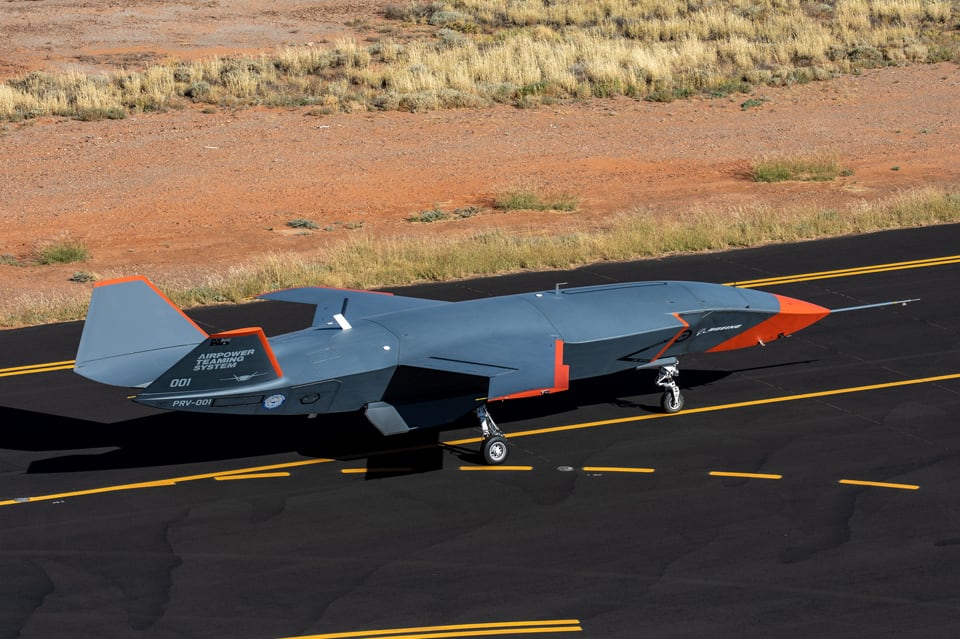WASHINGTON — The U.S. Air Force’s plan to create a fleet of drone wingmen to fly alongside piloted fighter jets will accelerate in 2024, as the service ramps up its experimentation with autonomous flight.
These drones, which the Air Force calls collaborative combat aircraft, are intended to fly alongside F-35s and the future Next Generation Air Dominance platform. The service wants them to be able to perform a variety of missions, including striking enemy targets, conducting surveillance, jamming enemy signals, or even acting as decoys.
The Air Force has been using a ballpark figure of 1,000 CCAs for planning, but Air Force Secretary Frank Kendall in November said the fleet will likely end up being larger than that.
But before fielding the drones, the Air Force needs to do more research on how autonomous flight will work, and how it can be folded into the day-to-day operations of units.
The service’s proposed 2024 budget calls for almost $50 million to test autonomous software on F-16 fighters under a program called Project VENOM. Another $69 million would be used to launch an experimental operations unit team, which would start developing tactics and procedures to incorporate CCAs into a squadron.
Project VENOM, which stands for “Viper Experimentation and Next-generation Operations Model,” would load autonomous code into six F-16s. Those fighters would be flown by humans from takeoff to an in-air experimentation zone, where the self-flying software would take over. The Air Force hopes these experiments will show whether autonomous flight, as envisioned by the CCA concept, can bring the intended benefits.
The Air Force wants to collect in-flight data from the Project Venom tests about how pilots and machines work together, and use that information to create more refined autonomous software.
The experimental operations unit would also help the Air Force figure out how CCAs might help with missions, and how squadrons would train to use them. This is intended to cut down on the risks that might come from teaming autonomous drones up with crewed aircraft.
Speaking at the Washington-based Center for a New American Security think tank, Kendall said the Air Force is using Boeing MQ-28 Ghost Bats as experimental aircraft to team them up with crewed aircraft and get airmen operational experience.
The service also wants CCAs to be cheap enough that they could be “attritable,” meaning the service could afford to lose some in combat. According to Kendall, CCAs will probably be roughly one-quarter to one-third of the cost of an F-35, suggesting they could run $20 million to $27 million.
Defense firms have already pitched several different concepts for CCAs, and the acquisition will take several years. The Air Force hopes to have the first “increment” of CCAs in production later this decade, and fielded “in reasonable quantities” soon after, Kendall said.
Stephen Losey is the air warfare reporter for Defense News. He previously covered leadership and personnel issues at Air Force Times, and the Pentagon, special operations and air warfare at Military.com. He has traveled to the Middle East to cover U.S. Air Force operations.





